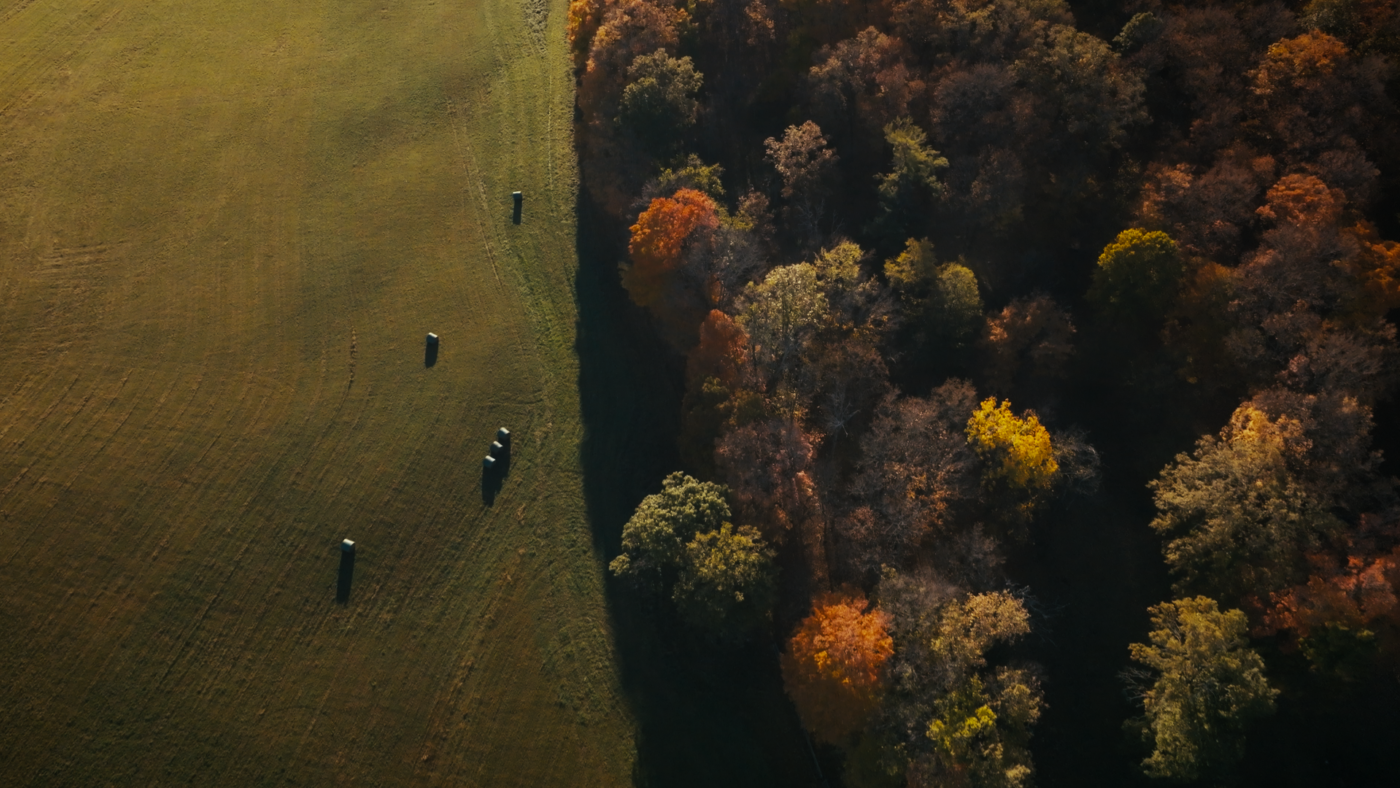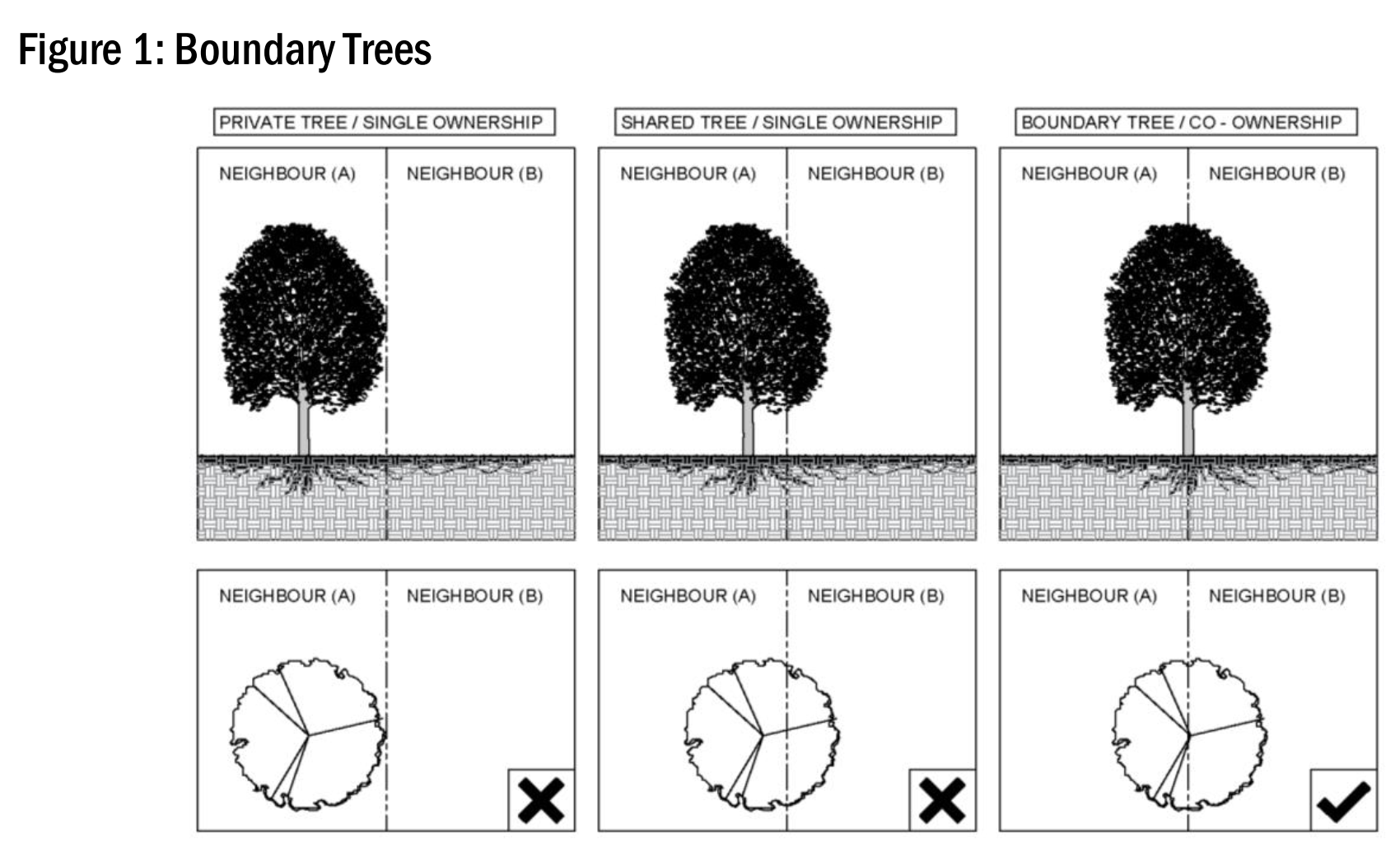Emerald Ash Borer, or EAB, is a non-native, highly destructive wood-boring beetle that feeds under the bark of ash trees. Emerald Ash Borer was confirmed the Ottawa Valley in 2013. All species of ash are susceptible to attack, except mountain ash, which is not a true ash species. Since it was first identified in Michigan in 2002, EAB has killed millions of ash trees in Ontario and many parts of the United States. It poses a major economic and environmental threat to urban and forested areas. Since the insect spends most of its lifecycle under the bark of trees, it can be easily moved with firewood or other tree materials such as nursery stock, logs, brush and larger wood chips. This insect is able to fly, but since its spread has been primarily along major highways and transport routes, it is clear that humans are the main vector of dispersal.
In its larva form, which resembles a caterpillar, Emerald Ash Borer feeds just under the bark of ash trees. This feeding disrupts the tree's circulation of water and nutrients. The presence of even a few insects in a tree can kill it within a year or two.
Top branches of ash trees usually die off first. A tree can lose half its branches in a single year. Once larvae finish feeding under the bark, they mature into adult beetles that chew their way out of the tree.
Dead and dying trees pose a significant hazard to the public as they can be blown down in wind or ice storms and cause damage to power lines, cars and buildings. The Town will remove dead and dying trees from Public Property only. Private property owners with dead or dying ash trees are encouraged to contact a professional arborist to assist them with removal or treatment.
Learn more about EAB here.

